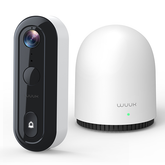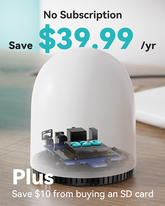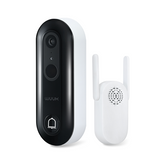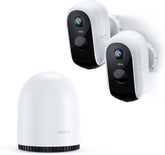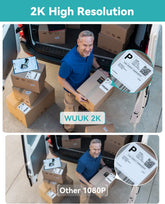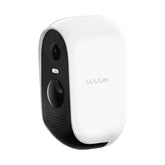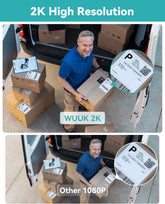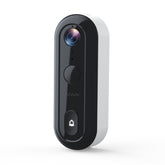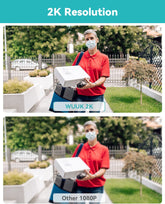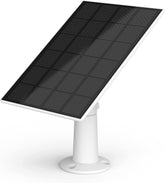Do Not Put Home Security Cameras in These 6 Places
In today's world, where safety and security are paramount, having a home security camera system is an absolute necessity. It acts as an extra set of eyes that are vigilant 24/7, ensuring the protection of your loved ones and valuable possessions. While positioning these security cameras is a critical factor in their effectiveness, there are certain places where they should never be installed. Placing them in the wrong locations may hinder their performance, compromise your security, and even breach privacy laws. This article highlights 5 places where you should avoid installing your home security cameras.

Under Direct Sunlight
Placing security cameras directly under the sun has more cons than pros. Glare is a notorious problem faced by camera lenses directly exposed to sunlight, leading to washed-out images where crucial details get lost. Furthermore, overexposure to UV rays can lead to the rapid deterioration of plastic components, leading to the fading of colors and the brittle nature of camera housing.
Moreover, the intense heat of direct sunlight can increase the internal temperature of the cameras, impairing functionality and potentially damaging the sensitive electronics within. When you're choosing the location for your cameras, try to find spots that are shaded throughout the day. Alternatively, use sunshades or purchase cameras with built-in shade caps for protection.
Pointing Outward Through Windows
Security cameras installed behind windows pose a multitude of problems. A significant issue is the reflection of infrared lights from the glass, especially when the cameras switch to night vision mode. This can severely limit the field of view and make footage captured at night virtually useless.
Additionally, windows may get dirty, foggy, or frosty over time, significantly reducing visibility. Therefore, relying on a camera installed indoors to capture outdoor footage might compromise the video quality. Opt for outdoor cameras that are built to resist weather elements, and consider investing in anti-reflective glass for your windows, if necessary.

Near Trees and Bushes
While foliage can provide a degree of natural concealment, the placement of cameras near trees and bushes presents several challenges. For instance, motion-triggered cameras may often be activated by the movement of branches, leaves, or even wildlife, leading to an excessive number of false alarms.
Furthermore, fast-growing shrubs and trees may obstruct the camera's view over time, limiting their effectiveness. Also, climbing plants, when not regularly maintained, can physically damage the cameras or their mounting brackets.
Positioning cameras near trees and bushes also provides cover for potential burglars, making it easier for them to tamper with or disable your security system. When placing your cameras, consider locations that are out of easy reach and not concealed by vegetation.
Behind Infrastructure and Obstacles
Infrastructure elements like air conditioning units, poles, satellite dishes, or even decorative items can severely limit the field of view of your cameras. Besides creating blind spots, these obstacles can also provide a hiding spot for potential intruders. If your cameras are wireless, such infrastructure can also interfere with signal propagation, potentially leading to a loss of connectivity and, consequently, gaps in surveillance.
When choosing the locations for your security cameras, ensure a clear, unobstructed view. Ideally, you should conduct a walk-through of your property, mimicking potential intruder paths, to identify any blind spots or areas of concern.

Invisible Locations
While it might be tempting to place cameras in inconspicuous locations to capture potential intruders off-guard, visible cameras can often serve as a more effective deterrent. The presence of a security camera can discourage would-be intruders, making them think twice before attempting a break-in.
Moreover, cameras placed in hidden spots may have their field of view restricted, reducing their effectiveness. Instead, make sure your cameras are visible but out of reach. In some cases, a blend of visible and hidden cameras can provide an effective mix of deterrence and surveillance.
Privacy-Violating Areas
Finally, it's essential to respect privacy when installing your home security cameras. Inside your home, areas such as bedrooms, bathrooms, and other private spaces should remain camera-free. Doing otherwise could lead to uncomfortable situations and even legal issues if the footage were to fall into the wrong hands.
Additionally, avoid pointing your cameras at your neighbors' properties. This can be seen as an invasion of their privacy and can lead to strained relations or even legal disputes.
Ultimately, installing home security cameras involves a careful balance between ensuring security and respecting privacy. Thoughtful placement that considers these key points will help optimize the effectiveness of your surveillance system while maintaining a comfortable and respectful living environment.


